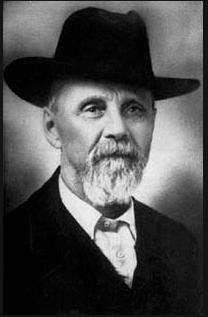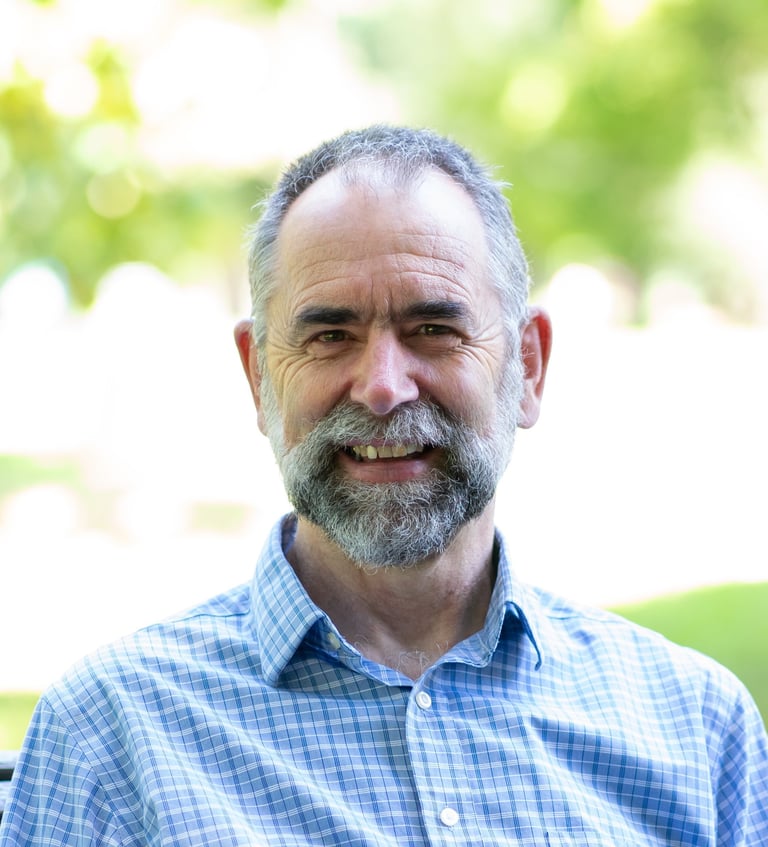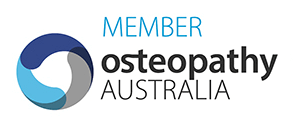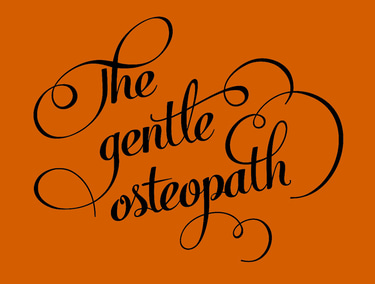"An Osteopath is only a human engineer, who should understand all the laws governing his engine and thereby mastering disease."


W A.T. Still, founder of Osteopathyrite your text here...
Osteopathy is a practical, hands-on modality that works on the musculoskeletal system. The Osteopathic philosophy is simple - for all the systems of the body to function correctly, the musculoskeletal system must be aligned. Tight muscles, strains, and tensions in the physical body can restrict and compromise the various systems of the body. If your ribs are tight that will restrict your breathing by working on improving rib movement that can affect your breathing. The systems of the body are circulatory, endocrine, immune, digestive, nervous, urinary, respiratory, and musculoskeletal. Osteopaths apply their extensive knowledge of the body’s anatomy and functions to determine the most effective approach to treatment. The Osteopath’s objective is to work with the body as a cohesive unit assisting it, to resolve pain, restore health and achieve optimum function and wellbeing. As part of the treatment approach, your Osteopath may also recommend exercises or provide postural advice but that will depend on individual needs of each case.




My name is Philip Loft and I practice as “The Gentle Osteopath”. After completing a five-year master’s degree in osteopathic science, I worked in Canberra before establishing my first clinic in Elwood. I have been part of the local communities around Brighton and Frankston for over 20 years. I am highly trained in the skill of palpation, using my hands to feel changes in the body. As the name suggests, I don’t use forceful manipulations or deep tissue massage techniques to achieve changes.
When treating patients, I aim to work in the pain-free threshold and helping the body relax. Then using my choice of osteopathic techniques to work together with the body’s innate healing to help your body to move towards your optimum health. This is achieved by changes in your flexibility, movement, muscle function, joint mobility, circulation, breathing, and much more.
For me, the body is an amazing structure and so complex with many ways to look at its functions and relationships. Since graduating in November 2000, I attend many courses here in Australia and overseas to assist me with honing my skills in working with the human body. If you want to see the courses I have done, click here courses I have completed.
I am happy to work with other practitioners and refer patients to other practitioners when it’s appropriate.
I have been a member of the Osteopathy Australia since graduation and remain a member. I uphold their guidelines and abide by their conditions.
Structure and function are reciprocally related
The term 'structure' refers to the way the part of the body is formed. This is what we understand from the study of Anatomy. The term 'function' refers to how the body part works. This is understood from the study of Physiology. A.T. Still's osteopathic view sees these two concepts as being related - that changes in one will affect the other. An example: - standing the weight of our body is supported by our leg bones. If you break a bone in the leg and try to stand the muscles must function differently to support your body weight.
The body is a unit
Osteopathy not only to looks at the region of the problem but also the regions above and below, extending to the whole body. The body has many connections and dependencies so to just look at the part where the problem occurs, may mean you miss identifying the original cause of why it all started. A good example is a sore neck. A strain in the neck may be making the neck joints and muscles sore. However, this may not be the origin of the imbalance. By looking at the whole body it might become evident that the person's posture is in fact loading up the neck muscles or it could even be the way they breathe causing the neck to get sore.
The rule of the artery is supreme.
Blood supply is crucial for healthy tissues. The blood brings nutrients to enable the tissues to function and repair. and removes waste products that could become toxic for the tissues.
The body is its own medicine chest (it can heal itself)
Imagine you get a small cut on your hand. The blood is fluid and flowing through your body as a liquid. Then when it detects the tear in the skin the liquid blood starts to coagulate to seal the tear. Quickly the blood loss is stopped, and the body starts rebuilding the skin. Over several days the body repairs the skin under the scab and your immune system starts fighting any germs that entered. Eventually, the scab drops off to reveal the new skin underneath, like it never even happened. The body did this all by itself without any need of yourself. The body is amazing and can do so much. We need to work with the healing forces in the body.
Who is "The Gentle Osteopath"?
Origins and principles of Osteopathy
What is Osteopathy?
In 1874, Andrew Taylor Still, a trained medical practitioner of the day, established the modality we know as Osteopathy. After the tragic death of his three children, A.T. Still was motivated to study the body in a quest to find ways to assist the body to heal. A.T. Still found that dysfunctions in the musculoskeletal system affected the body. When A.T. Still corrected the specific physical dysfunction, the body's natural healing process was able to restore the body to health. As his ideas and methods developed, A.T. Still created core philosophies around known sciences of anatomy and physiology to address dysfunction.
